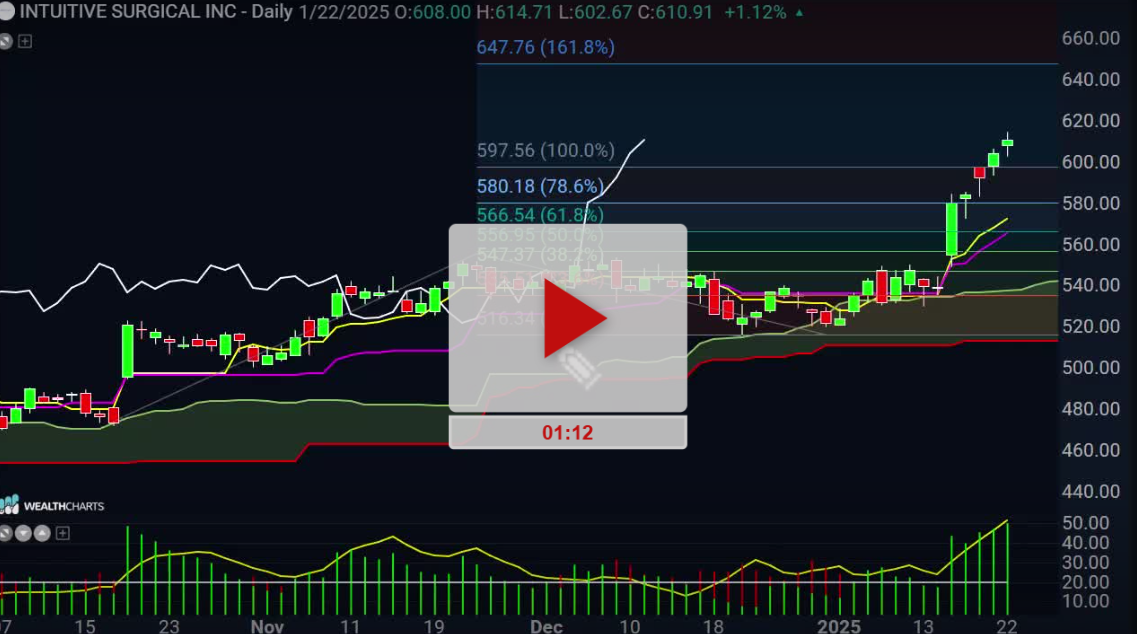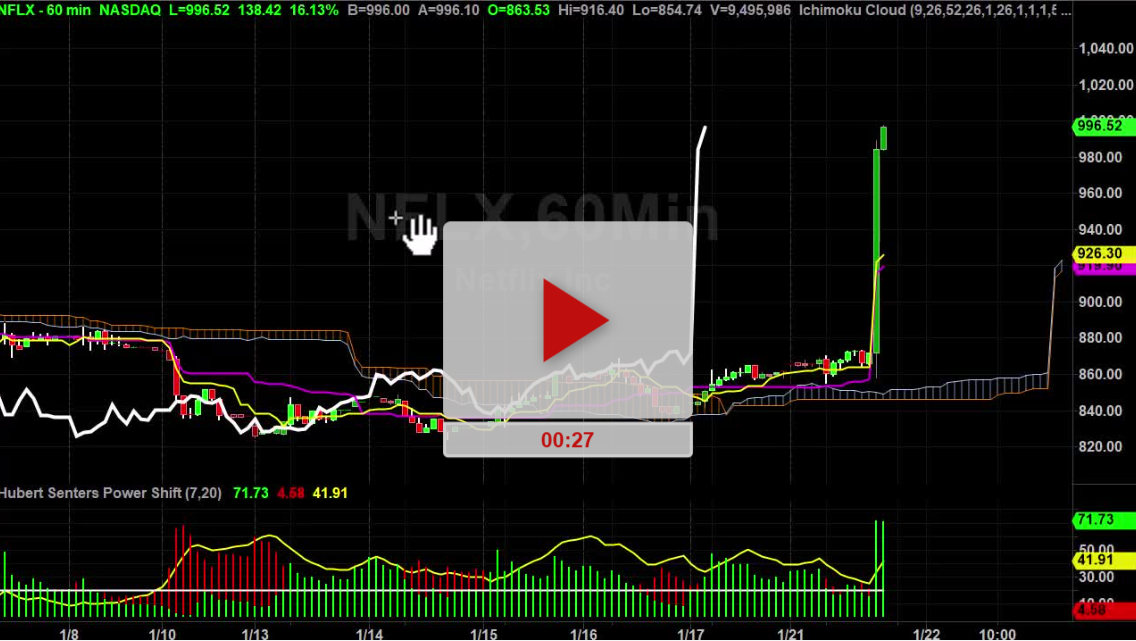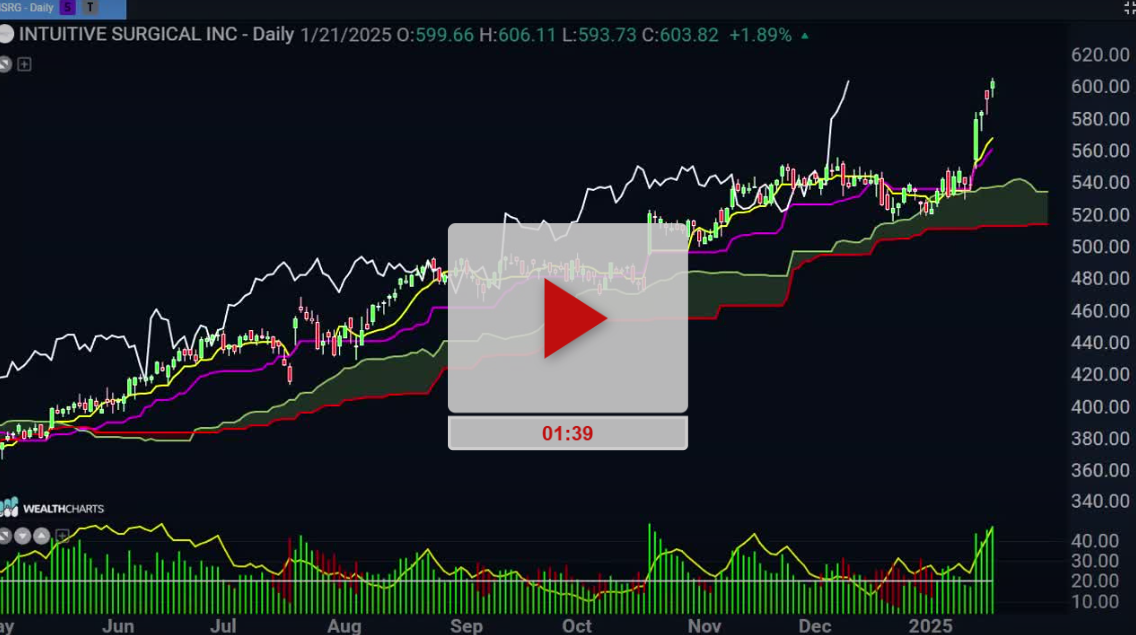Hubert Senters here.
In yesterday’s video I’ve given you some tips on how to handle gaps. Let me walk you through a strategy that I think you should try like if you don’t have a good one. Just a good old-fashioned open range breakout.
In yesterday’s example we were using the charts from the Dow so I’m going to continue doing that. In this situation all you do is you just let it trade for one bar. In this example it’s a 5-minute bar. I usually use a 2-minute but that won’t all fit on the screen so I can’t share it with you.
And then what you do is just put a bracket around this candle which is also known as a horizontal bar. Or you could just do a bracket in order if the market trades or closes above $28,142. That would be a long. If on the other hand it closed or traded below $28,047 that would be a short.
So in this case scenario you do not trade on the first bar. Let me zoom this out. So you don’t trade this if you’re trading with the trade or execution above $28,142. That would be your first long. If you’re going for a close above $142 then you’d be long on this part. Either you’re going to go here. This is going to be a trade above that line.
This is going to be a close above that line then obviously use a stop that you’re cool with. And then since we’re talking about gaps remember target that half gap fill and or that full gap fill.
Half a gap fill is going to happen about 82 percent of the time depending on what mode it’s in up down or sideways. And a full gap fill is going to have about 60 to 62 percent of the time. Use a stop. You’re trading. It’s risky.
Good luck. Hope it helps. See you on the next video.
Hubert.






